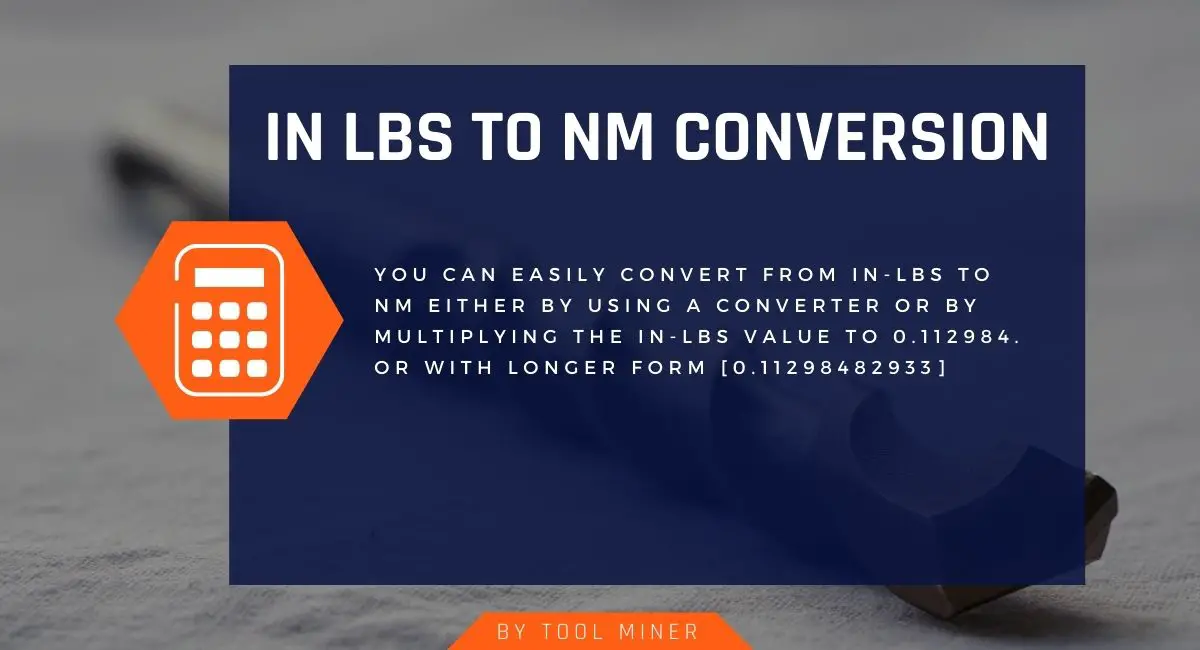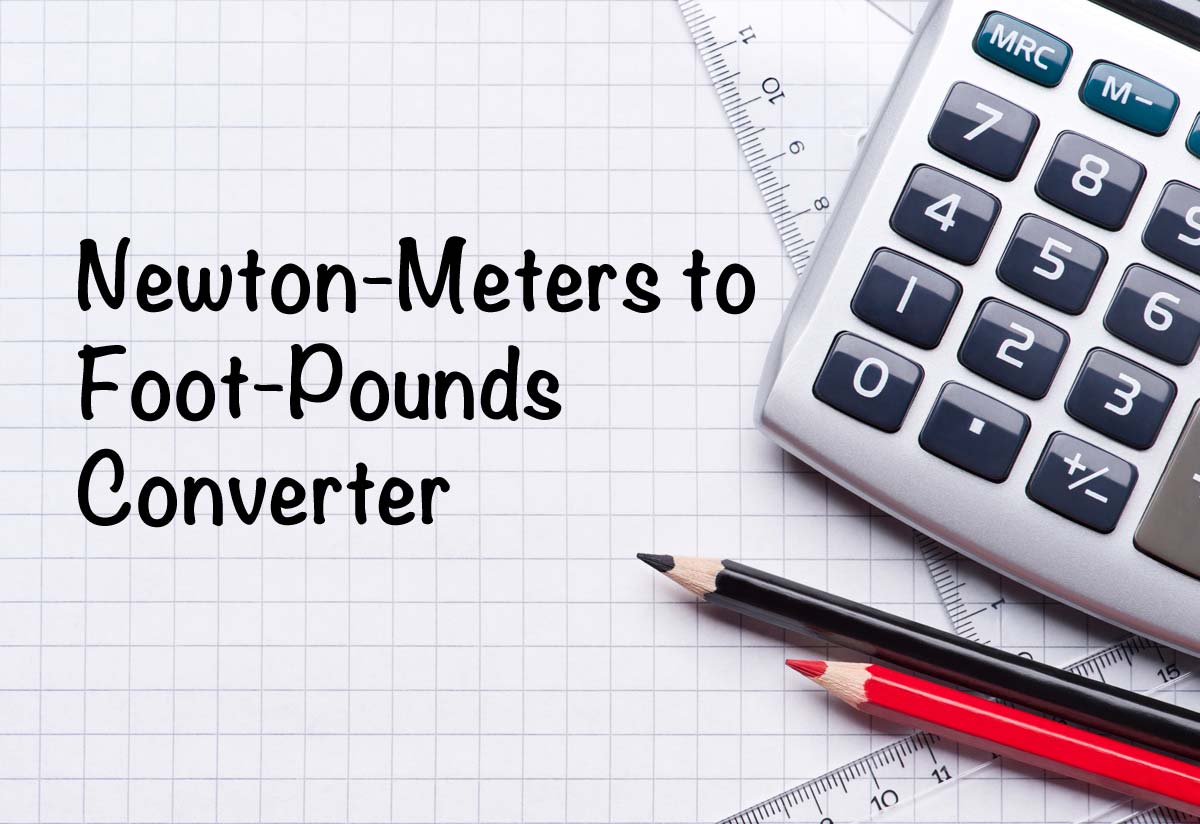

Newton to Pound-force Conversion Table Newton ġ5 N = 15 × 0.2248089431 lbf = 3. Although the pound-force may still be used in certain contexts, it is not a widely used unit of measurement. Until 1901, when the General Conference of Weights and Measures adopted a standard acceleration due to gravity of 9.80665 m/s 2, the pound-force was not precisely defined.Ĭurrent use: After the adoption of the International System of Units (SI), the newton, an SI derived unit of force, became the preferred unit of measurement of force. History/origin: The pound-force is part of the foot-pound-second (FPS) system of units. Under this definition, with mass in terms of slugs, one pound-force is equal to 1 slug It is defined as the gravitational force exerted on a mass of one avoirdupois pound under the condition of standard gravity (9.80665 m/s 2). autoevolution FEATURED Torque 142 lb-ft 4000 RPM 193 Nm 4000 RPM Fuel System Multipoint. The conversion is straightforward, and all you have to remember is that: 1 ft·lbf 1.3558 N·m. All Torque Specs Torque Specs ft/lbs Foot Pounds - Nm Newton Meters DO NOT CONFUSE THEM See. 2.4 foot-pounds (ft·lbs) equals 3.254 newton meters (N·m).

One joule equals the work done (or energy expended) by a force of one newton. Pound-forceĭefinition: The pound-force (symbol: lbf) is a unit of force used in the English Engineering System and the British Gravitational System. TX-EOP60K Engine Oil Pump Repair Kit for Ford Powerstroke 6. One newton metre is the distance travelled in the direction of applied force, (ie not the perpendicular distance from a fulcrum which is the NM when used to express torque) Newton-meters to Foot-pounds formula ft-lb Nm 0. To convert newton-meters to foot-pounds, multiply the newton-meter value by 0. For all these units, the word 'force' is often left out, such as pound-force-inch, abbreviate to simply 'pound-inch'. The units of pound-force-foot, pound-force inch, and ounce-force-foot are also used for toque. The SI unit for torque is the newton metre (Nm). In everyday use, units such as the pound-force are sometimes used in place of newtons in countries like the United States. As the torque is called moment, it is commonly represented M. History/origin: The unit newton is named after Isaac Newton for his contribution to classical mechanics – particularly his second law of motion, which states that the rate of change of momentum of a body is directly proportional to the applied force, and that this change in momentum occurs in the direction of the applied force.Ĭurrent use: As an SI derived unit of force, the newton is the preferred unit of force, and is widely used in scientific contexts, particularly in physics. Similar examples of dimensionally equivalent units include Pa versus J/m 3, Bq versus Hz, and ohm versus ohm per square.Definition: The newton (symbol: N) is the SI (International System of Units) derived unit of force. Newton-metres and joules are dimensionally equivalent in the sense that they have the same expression in SI base units,ġ N ⋅ m = 1 kg ⋅ m 2 s 2, 1 J = 1 k g ⋅ m 2 s 2 īut are distinguished to avoid misunderstandings when a torque is mistaken for an energy or vice versa. However, since torque represents energy transferred or expended per angle of revolution, one newton-metre of torque is equivalent to one joule per radian. newtons ( pounds ) 60 acceleration due to gravity, meters / second ( taken as 32.17 feet / second 2 ) h altitude, meters ( feet ) ho initial. This usage is generally discouraged, since it can lead to confusion as to whether a given quantity expressed in newton-metres is a torque or a quantity of energy. In this usage the metre term represents the distance travelled or displacement in the direction of the force, and not the perpendicular distance from a fulcrum as it does when used to express torque. The unit is also used less commonly as a unit of work, or energy, in which case it is equivalent to the more common and standard SI unit of energy, the joule. One newton-metre is equal to the torque resulting from a force of one newton applied perpendicularly to the end of a moment arm that is one metre long. 180 newton meters to foot pounds We would like to show you a description here.

The newton-metre (also newton metre or newton meter symbol N⋅m or N m ) is the unit of torque (also called moment) in the International System of Units (SI). In general, a cave-in can range from a few inches to several feet deep. One newton-metre is the torque resulting from a force of one newton applied perpendicularly to the end of a moment arm that is one metre long.


 0 kommentar(er)
0 kommentar(er)
